Australia So Much to See


Mataranka and the Elsey National Park
A little further along the road an old plunge sheep dip from the station days was of interest. To get rid of external parasites,
sheep would be dipped through a chemical added bath following shearing. Sheep swam through a narrow trough, being pushing under
the water with a stick to ensure complete cover by the chemical. 1913 was the start of an experimental flock of sheep on Mataranka
Station. Floods and droughts took their toll and in 1920 the last of the remaining sheep were sold.
We passed the ruins of an Aboriginal internment camp. Following the bombing of
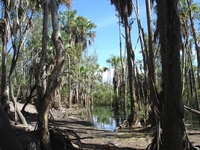
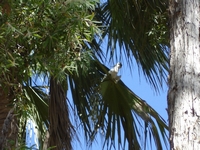
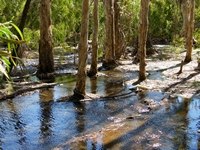
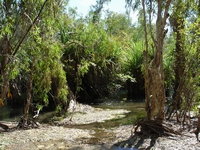
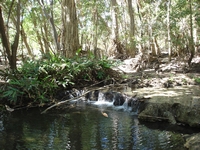
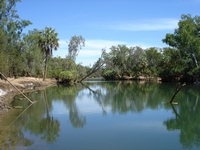
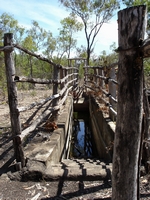
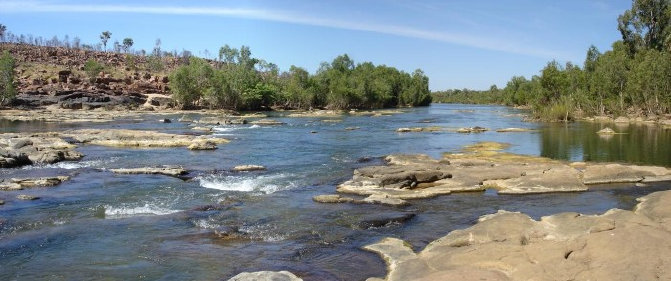
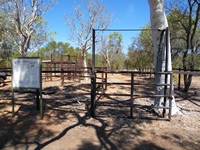
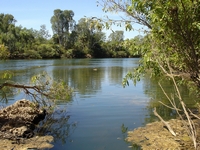
A short walk to a pool on the pandanus lined
The National Park Campground of Jalmurark is near the Twelve Mile Yards. The Park Campground has amenities with hot showers,
but as it is a National Park campground there is no power and generators are not permitted. A concrete boat ramp has been provided
at the river near the cattle yards. The cattle yards were built alongside the river in 1969 with a one way gate to trap the
station cattle as they came to the river for water. The gate was usually left open, but engaged when it was time to mark
calves, separate cows from calves, or select cattle to market. Cattle for sale were driven on foot into Mataranka, then trucked
to
There is a sixteen kilometre long walk trail commencing at the Little Roper River where accessed by the Botanic Walk then following
along the Roper River, linking all the riverside points we took short walks to, and on beyond the Twelve Mile Yards to Korowan;
Mataranka Falls.